
The heated debate over Bertrand Goldberg’s Prentice Woman’s Hospital building came to a head yesterday as the Commission on Chicago Landmarks finally heard the argument from staffers of the Department of Housing and Economic Development (HED) as well as public support to save the brutalist structure from demolition. After nearly six hours of hearing and granting preliminary landmark status, the Commission, chaired by Rafael Leon, overturned landmark status by a landslide vote of 8-1 at the meeting’s finale rendering Prentice a sitting duck.
As a recent adherent of this preservation saga, admittedly not knowing the all the intricacies and politics that undoubtedly lie beneath the surface, I see both sides as having valid positions:
Northwestern University
Northwestern University, the rightful owner of the property as of early Summer 2011, wants to build a brand new, massive (1.2 million square feet) biomedical research facility on the current site with aspirations to become a global leader in research on cancer, cardiovascular disease, diabetes, and neurodegenerative disorders. University spokesman Alan Cubbage said that Prentice is a 1970’s hospital designed for a totally different purpose, and can’t facilitate 21st medical research. He (Northwestern) believes that preservation of buildings with historical and cultural significance is a good goal, but doing research into diseases that kill people, and bringing thousands of jobs and hundreds of millions of dollars in federal research funds to Chicago are also very good goals. According to its website, the University will “attract an additional $150 million a year in new medical research dollars, create 2,000 new full-time jobs, and generate an additional $390 million a year in economic activity in Chicago.” Northwestern University plans to demolish the old Prentice building and hold a design competition for its new research facility within the next calendar year.
The Save Prentice Coalition
Conversely, the preservationists are urging the commission for preliminary landmark status in order to protect the relatively young, 37 year old quatrefoil-shaped building designed by notable Chicago architect, the late Bertrand Goldberg. Though the University believes that Marina City is a better example of Goldberg’s work, the preservationists argue that Prentice is vitally important on numerous fronts. First, the architect is one of Chicago’s own, and he’s just now beginning to get the credit that he’s due. Second, the building is important to Chicago’s architectural heritage and the history of Streeterville. They also argue that if you look at Prentice in terms of its architectural design (cloverleaf-shaped concrete tower), its engineering (cantilevered decks from a single column), how it was designed to change the way that woman’s healthcare was provided (“care clusters”), and the fact that it was one of the first buildings to have used computer aided design software in its design, that it is extremely significant to the legacy of modern architecture. According to the Preliminary Summary of Information in the official Agenda of the Commission of Chicago Landmarks:
“Goldberg was an early adopter of computer technology within the architectural profession, and during the design of Prentice he modified software then in use by the aeronautical industry to design the building’s unprecedented cantilevered structure. Prentice is one of the first tall structures designed using computer analysis, and the computational method used to create it is now an essential tool in architectural and structural design.”

Original floor plan of Prentice Woman’s Hospital
Supporters and Detractors
A cadre of noted architects and engineers are in favor of preserving Prentice, including eight Pritzker Prize winners and the entire office of Skidmore Owings & Merrill (SOM). The Chicago architecture firm Studio Gang submitted an unsolicited rendering of an adaptive reuse solution, building a 31 story bowed square-shaped tower on top of the original building (see below). The Save Prentice Coalition immediately praised it, and the University just as quickly rejected it saying it doesn’t meet basic criteria for their vision of a modern, state-of-the-art research facility.

Christina Morris of the National Trust for Historic Preservation said that this “doesn’t have to be an either/or choice, and that there’s room for both reuse and research;” Architecture critic and WBEZ contributor Lee Bey said that “the preliminary landmark designation would temporarily spare Prentice from demolition for a year, and it would give City Hall the ability to examine whether a permanent designation and reuse plan are possible by working with the university, preservationists and experts” (a sensible idea, though time is of course money); Mayor Rahm Emanuel has recently sided with the politically powerful institution saying, “It is clear that the current building cannot accommodate the groundbreaking research facility that Northwestern needs to build, and I support the decision to rebuild on the site,” essentially sealing the fate of old Prentice; while the Chicago Architectural Club, in conjunction with the Chicago chapter of the American Institute of Architects has called for new ideas from architects, artists, and designers in an open competition called “Future Prentice” – which could amount to a “what if” exhibition if landmark status is not granted.
So What’s Your Point?
This brings me to why I’m sounding off on this issue that again is relatively new to me: of all the figurative pushing and shoving I’ve read on both sides of the issue, and of the few adaptive reuse concepts that I’ve seen in the press thus far (I’m interested in seeing more), to my knowledge there has not been one mention of structure relocation as a viable solution and a way to appease both the University and the preservationists. In spite of its structural shortcomings and, to some, aesthetic shortcomings, wouldn’t recycling Prentice by moving it to a new site and giving it a new purpose be a logical solution to the problem? Northwestern can build their billion-dollar research facility, and the preservationists can have their Goldberg. Though not historic preservation in the purest sense, it is, after all, a better outcome than a plaque and box of photographs.
Now I certainly don’t know or claim to know the financial investment or logistical scope involved of what would surely be a challenging feet of structural engineering in order to save Prentice from the kiss of the wrecking ball – but, in a “make no little plans” city, a city that reversed the flow of the Chicago River and twice built the world’s tallest building (the Willis Tower in 1974 and the Burj Khalifa in 2010), if Prentice is truly an architectural masterpiece and a national treasure as so many have claimed, isn’t the topic of structure relocation and a recycled Prentice as a compromised solution in lieu of demolition worthy of at least a conversation, if not further exploration? And, by gifting the building to the city in order to save it (and responsibly move it off the land), wouldn’t Northwestern save in millions of dollars of demolition costs? Now that Rahm has spoken and a decision has been made, I’m curious to know if recycling Prentice is something both parties would even consider at this point. It may still be too early as I’m certain we haven not heard the last word from the preservationists.
My Connection to Goldberg and this Story
Why has this story grabbed my attention so much as to spend time thinking and blogging about it? Well, I’ve been familiar with Bertrand Goldberg for years. My father was a construction worker for James McHugh Construction Co. and helped build Marina City back in 1964; I recently worked on an interior design project in Goldberg’s boutique hotel turned condominium building, Astor Tower in the Gold Coast; and, living across the street from a mothballed brownfield, site of the old Grand Central Station (Harrison and Wells), I can’t help but see another complicated Goldberg structure just to the south, Marina City (1972-1989). As many problems the building has endured over the years (namely flooding), every day packed tour boats navigate down the South Branch of the Chicago River to River City showing hundreds if not thousands of architecture buffs and tourists alike the strangely unique concrete S-shaped complex. Irony or not, directly across the river is the land where 141 years ago, Catherine O’Leary’s infamous cow knocked over the lantern (or so the legend goes) that ultimately razed and paved the way for the city to become a hotbed for architects from all over the world to rebuild the city, thus beginning Chicago’s world renown architectural heritage. Despite these three connections to Bertrand Goldberg’s buildings, until the recent media attention over the preservation of Prentice, I had never really given too much thought into his work or his legacy on the city in which I call home.
 Marina City
Marina City
 Astor Tower
Astor Tower
 Architectural boat tours
Architectural boat tours
Preservation via Structure Relocation
As I mentioned above, I live across the street from a brownfield site that has been sitting vacant since 1971, around mid-construction of Prentice Woman’s Hospital. The seven acre plot that runs adjacent to the Chicago River has been an unauthorized park for the last 20 years, where people use the land for various activities, including golf, football, baseball, soccer, Frisbee, cross-training, pep-rallies, and theater, to name a few – there’s even a cricket league that plays their matches there. It’s also the city’s largest unofficial dog park.
In 1931, William Randolph Hurst moved the Santa Maria de Ovila Monastery 6,500 miles from Spain to San Francisco. What if…


we were to take the old Prentice building and relocate it 2 miles southwest to the site of 700 S. Wells (with or without the Miesian black box it currently sits on), turn the grounds surrounding it, including the riverfront, into a public park (think the Peggy Notebaert Nature Museum), encase it in a glass box envelope (to prevent the “frosting drip” on concrete buildings when it rains) creating a light-filled atrium. One possible occupant could be the Chicago Center for Green Technology, giving it a secondary location, one that is closer to the people of Chicago (and to the thousands of tourists that pass the site every day on the architectural boat tours… i.e. a new revenue stream on the river, if you will) as its current location is 4.5 miles west of the Loop. Farr Associates, who have completed some amazing preservation and LEED projects, including the Chicago Center for Green Technology, and Perkins+Will would tag team the preservation, architecture, and landscape design.
 “Frosting drip” on Prentice
“Frosting drip” on Prentice
 Glass box examples
Glass box examples

Chicago ranks among the top cities in the United States in green building design. What better way to symbolize both our architectural heritage and our leadership and commitment to green building practices and cradle-to-cradle design than to breath new life into old Prentice?
In yesterday’s hearing, Phil Enquist of SOM urged the Commission to “embrace the tradition of big, bold ideas, and identify a plan for reuse.” My (quickly conceived and crudely rendered) concept is just one example of many “big, bold” ideas for reuse I am certain are out there, if only the architects and planners were given the opportunity and a little more time.
Re-imagine, recycle, and reinvent.
Long live Prentice.








































































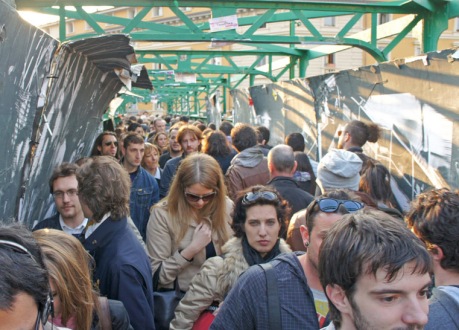



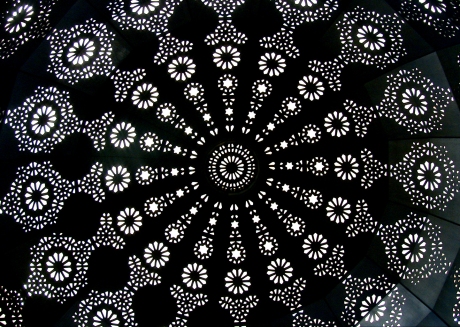






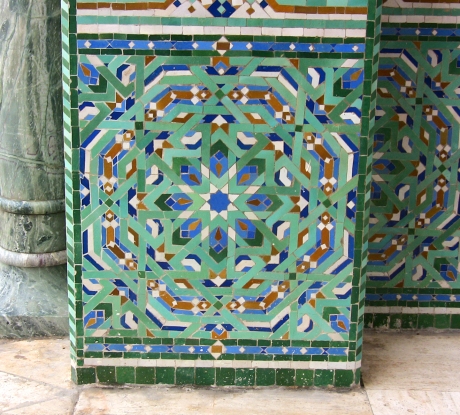

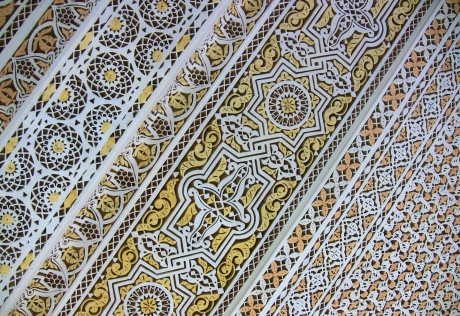












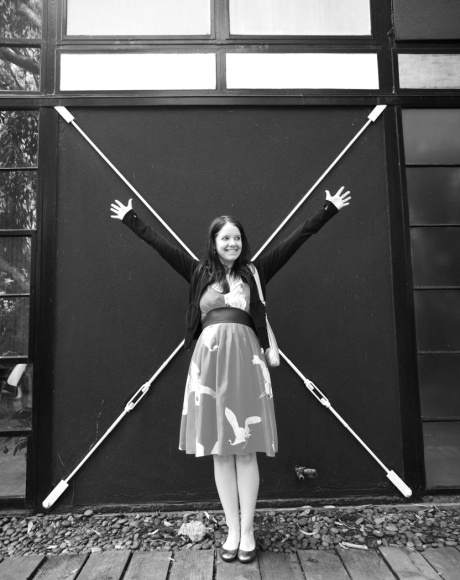






















 Marina City
Marina City Astor Tower
Astor Tower Architectural boat tours
Architectural boat tours

 “Frosting drip” on Prentice
“Frosting drip” on Prentice Glass box examples
Glass box examples
